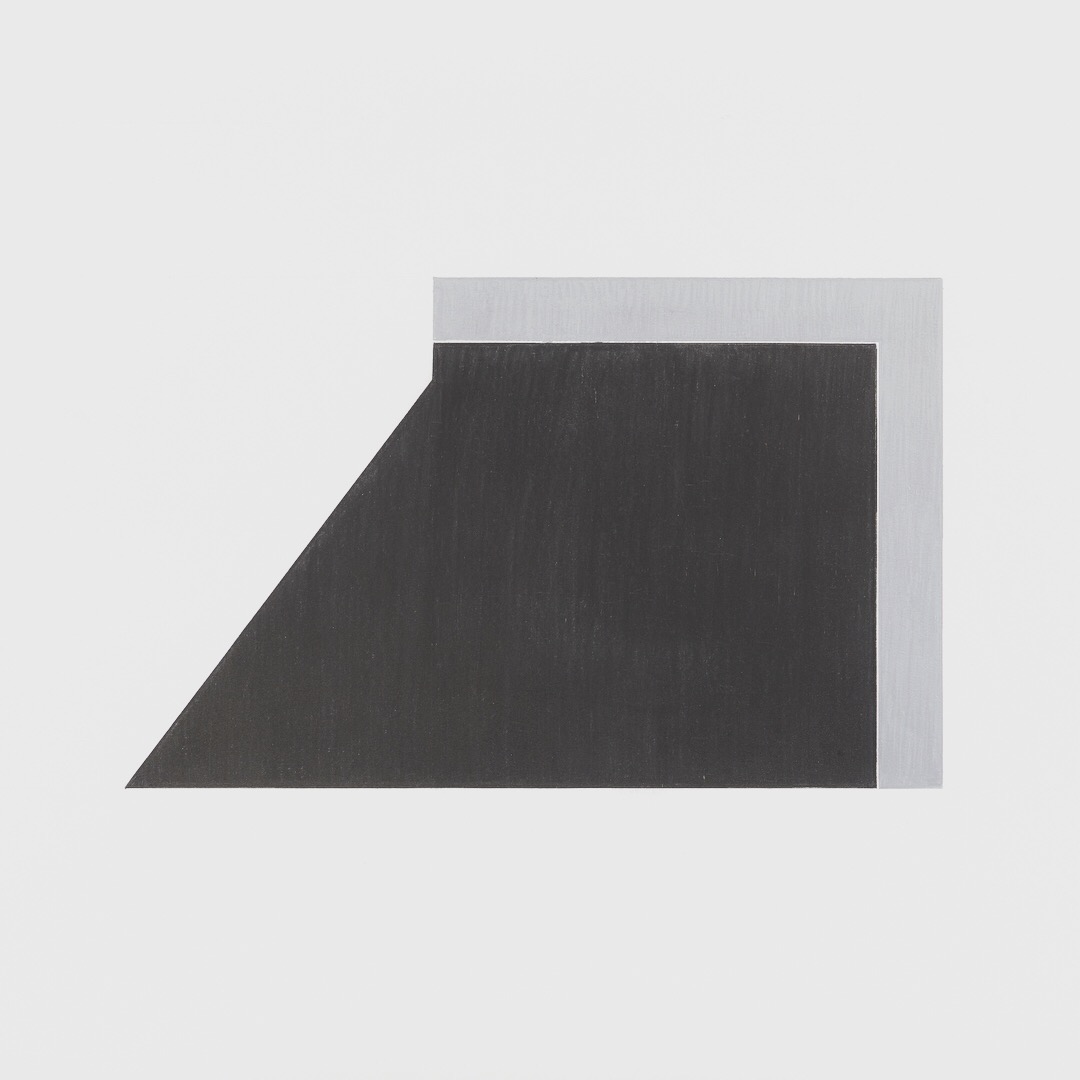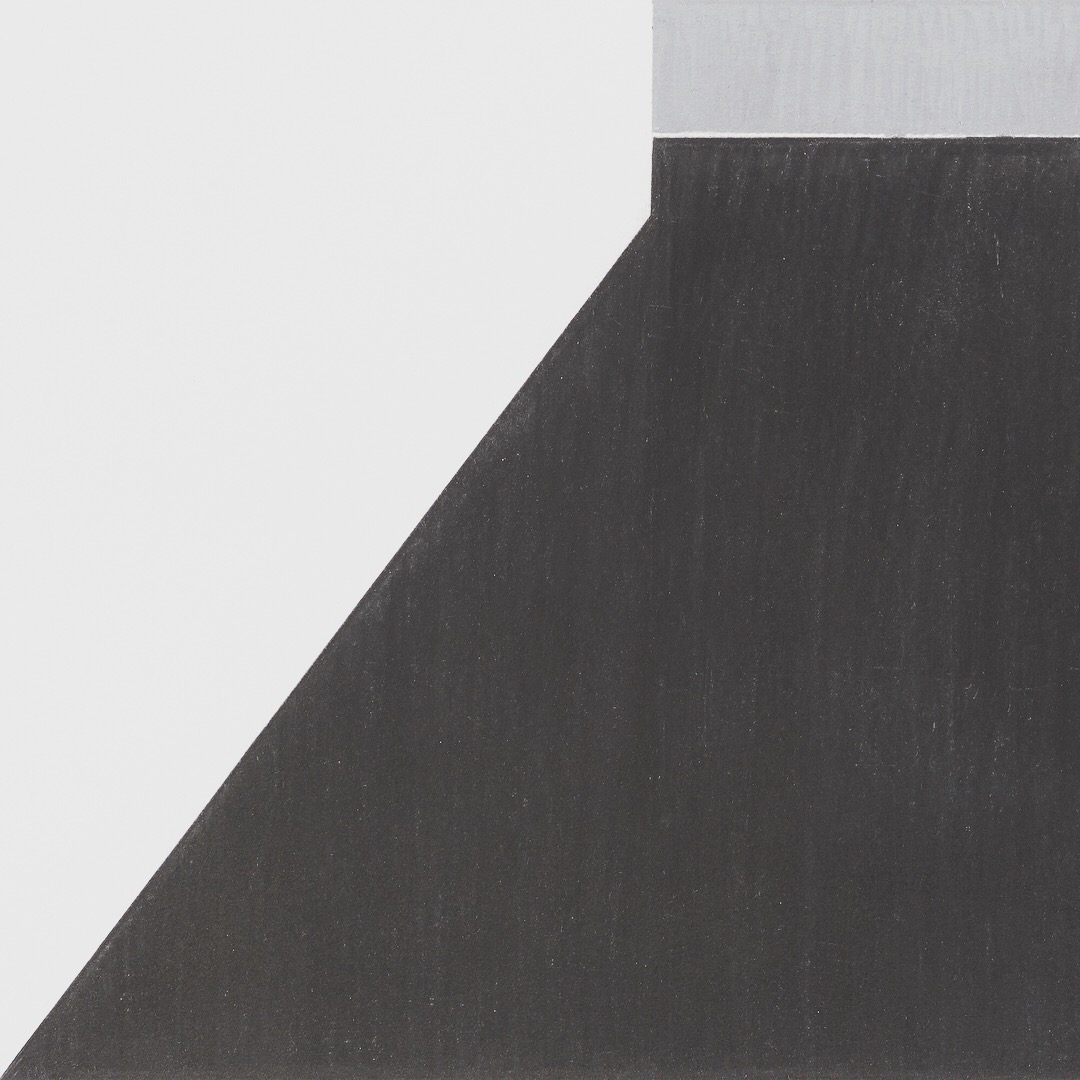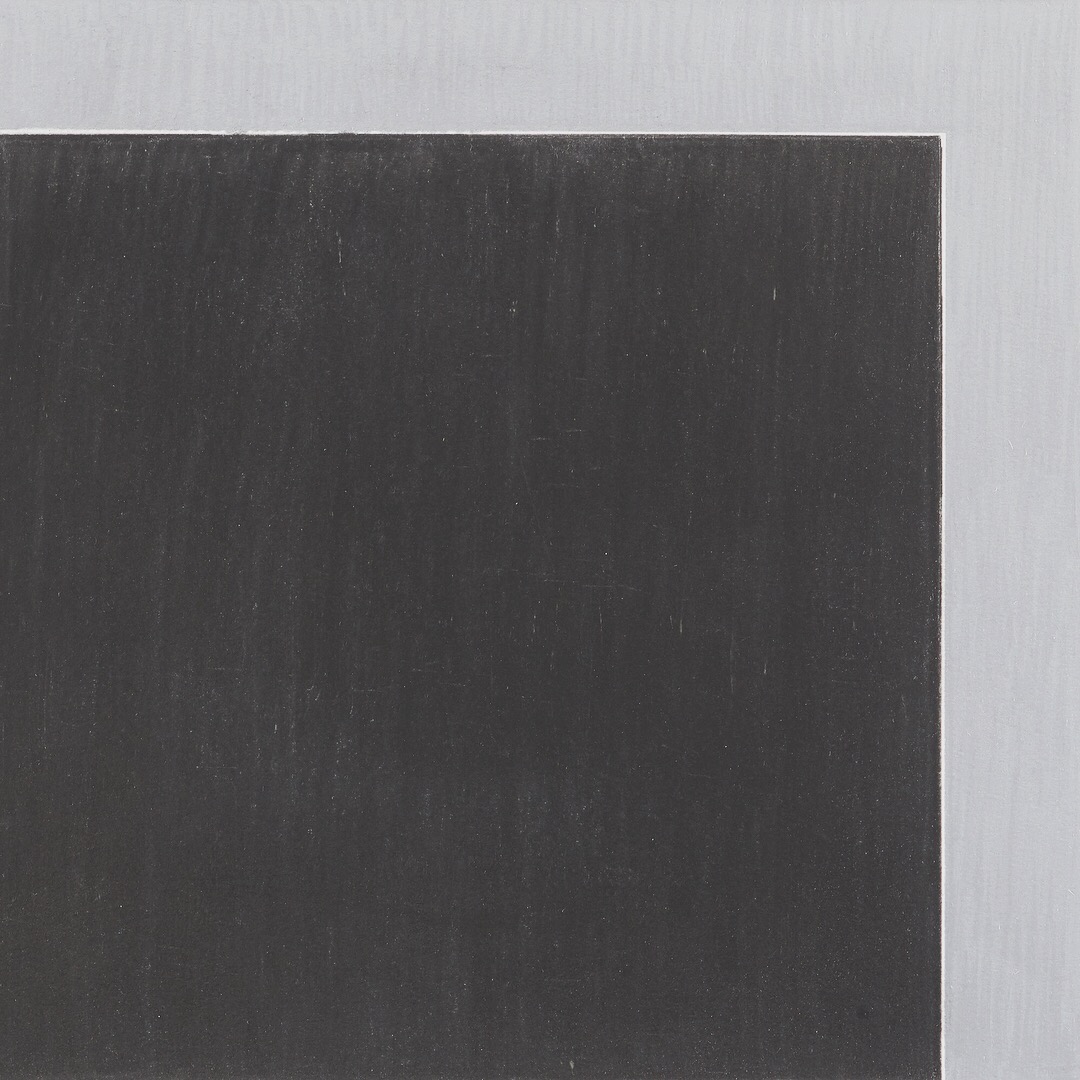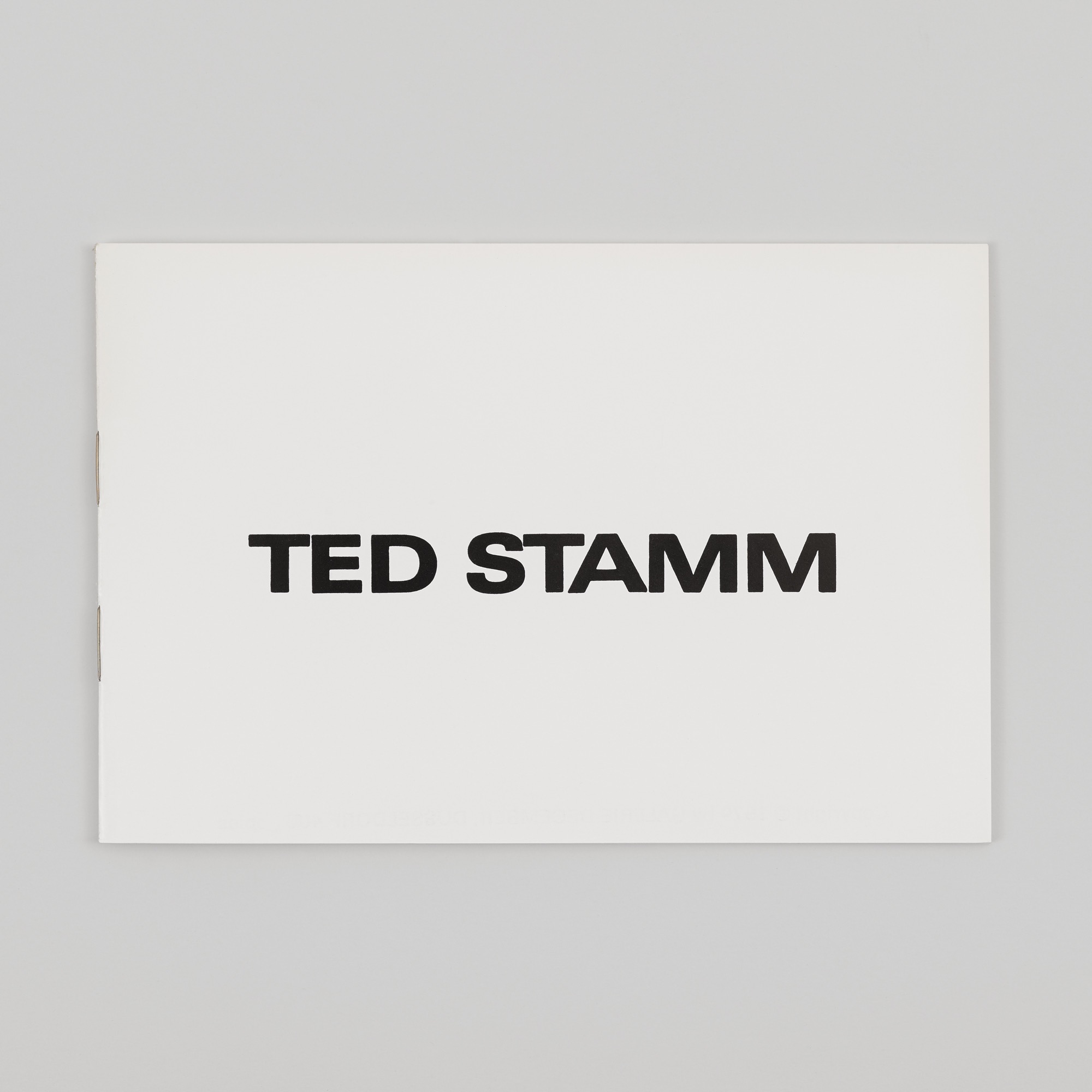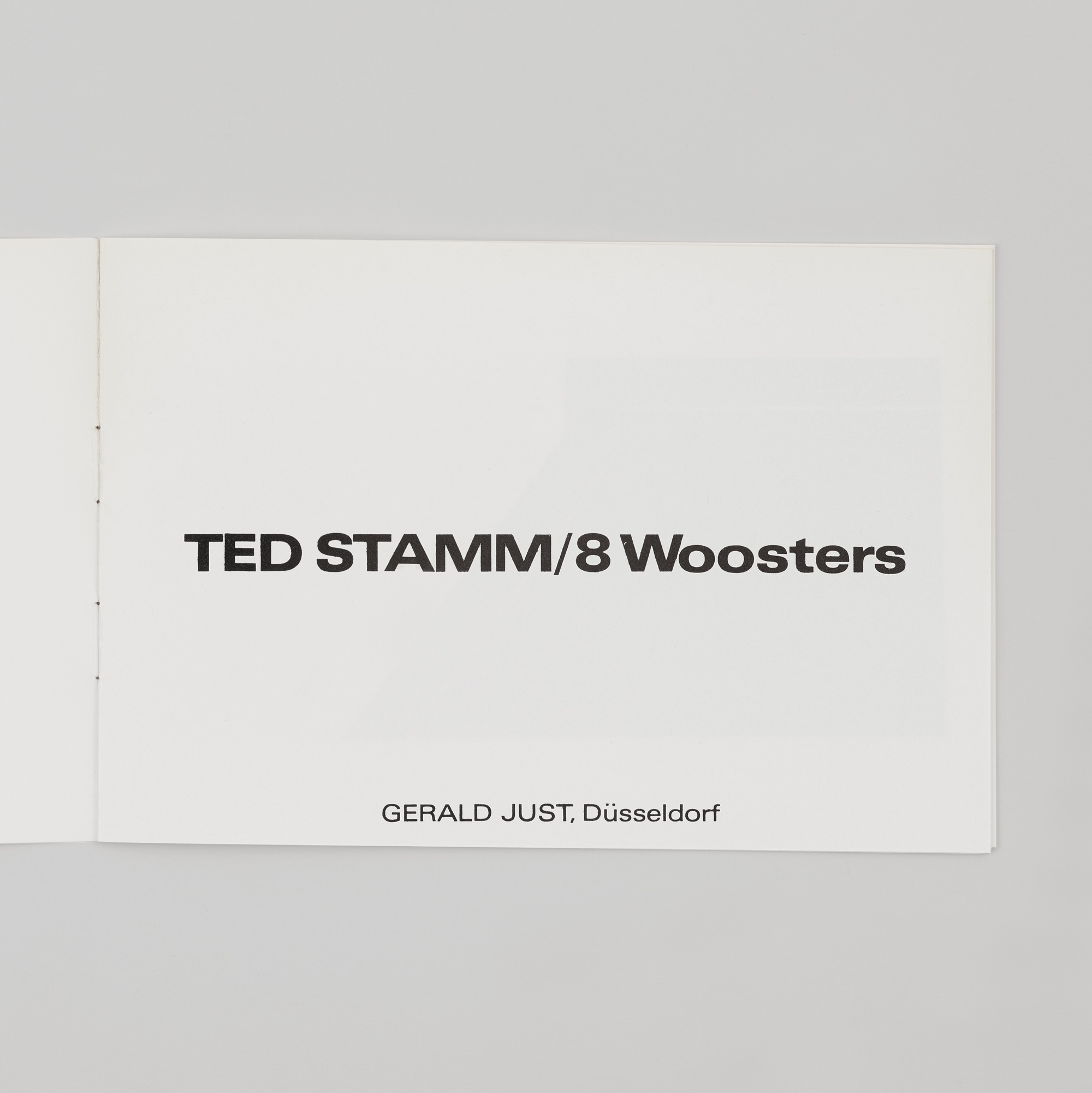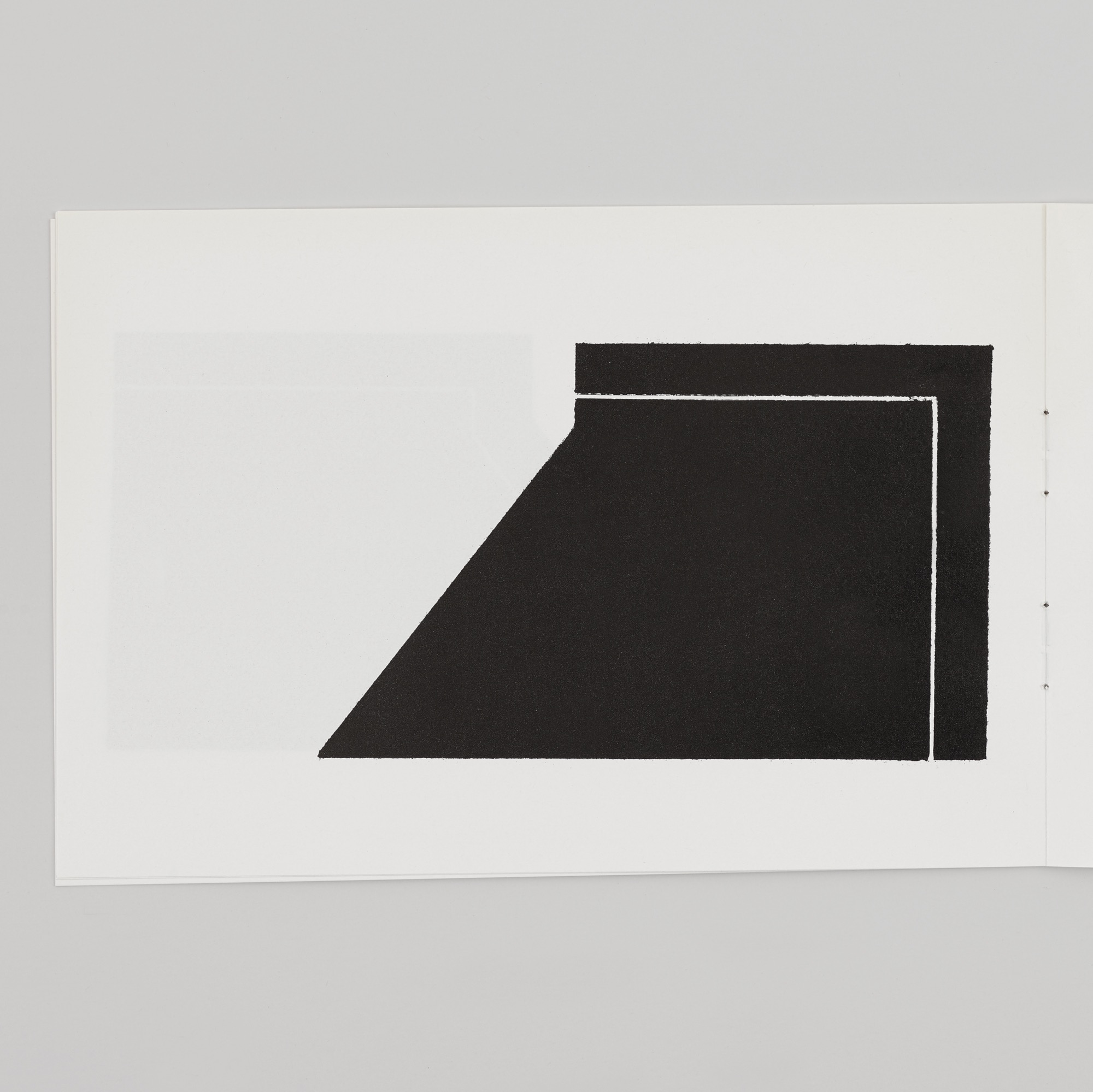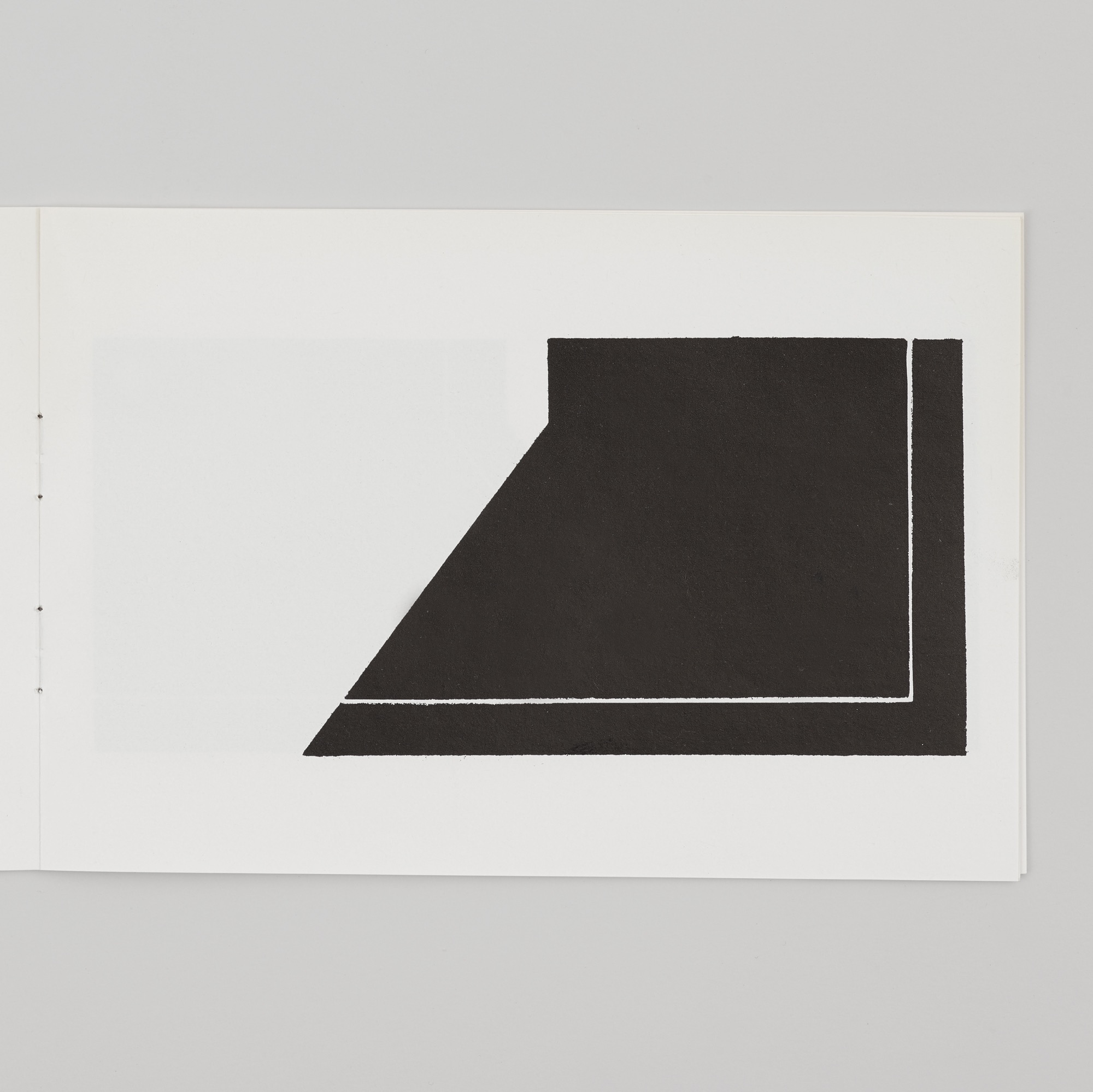Ted Stamm Woosters at Lisson Gallery
Ted Stamm Woosters
9 March – 14 April 2018
Lisson Gallery presents the first exhibition of Ted Stamm’s work at Lisson Gallery New York, featuring paintings, works on paper, archival material and photographs from the artist’s "Wooster" series.
Ted Stamm was born and raised in Brooklyn and Long Island, and rarely strayed from the New York metropolitan area. After beginning his career painting colourful lyrical abstraction in his post-graduate days in the late 1960s, Stamm quickly set out to explore painting beyond tradition and to introduce further layers of complex colour, form and line. While many other painters of the period like Alan Charlton, Robert Ryman and Brice Marden were also experimenting in monochrome, following the success of late Modernist post-war artists such as Yves Klein, Ellsworth Kelly and Robert Rauschenberg, among others, Stamm quickly furthered his experimentation of the use of a minimal palette by introducing composition, through the precision of the line and the shaped canvas.
Stamm lived and worked on the top floor of 101 Wooster Street in the downtown Manhattan neighbourhood of SoHo from 1972 to his untimely death in 1984. In 1974, Stamm encountered an irregular shape on his street — a rectangle joined on the left by a slightly shorter triangle. Using this form as the inspiration, he began what he titled the "Wooster" series. These geometric forms with hard edges furthered the artist’s earlier experimentations of formalist elements of the line and literal as well as depicted shapes. The exhibition at Lisson Gallery will include a selection of paintings from this series, including a large-scale "Lo Wooster" (a variation of the aforementioned shape, hung close to the ground) as well as works on paper, archival material and photographs. A diligent archivist and record keeper, Stamm kept exhaustive documentation related to the making of his paintings, a selection of which will be installed in a vitrine in the gallery space.
While painting and drawing was always his primary focus, Stamm regularly extended his practice into the streets where he made proto-graffiti interventions in the urban environments of New York. Known as “Designators”, these works were executed in locations around the city and on varying objects. Stamm placed “Wooster Designators” primarily on the bumpers and license plates of cars, so that the vehicles would travel beyond the neighbourhood or city, bearing Stamm’s "Wooster" shape, to be seen by numerous more people. Photographs of these projects, documented in 1980, will be included in the exhibition.
On the occasion of the exhibition, Lisson Gallery will publish the first major monograph on Stamm, a comprehensive survey of the entire "Wooster" series, including an essay by art historian Alex Bacon and an illustrated chronology of the artist’s career.
